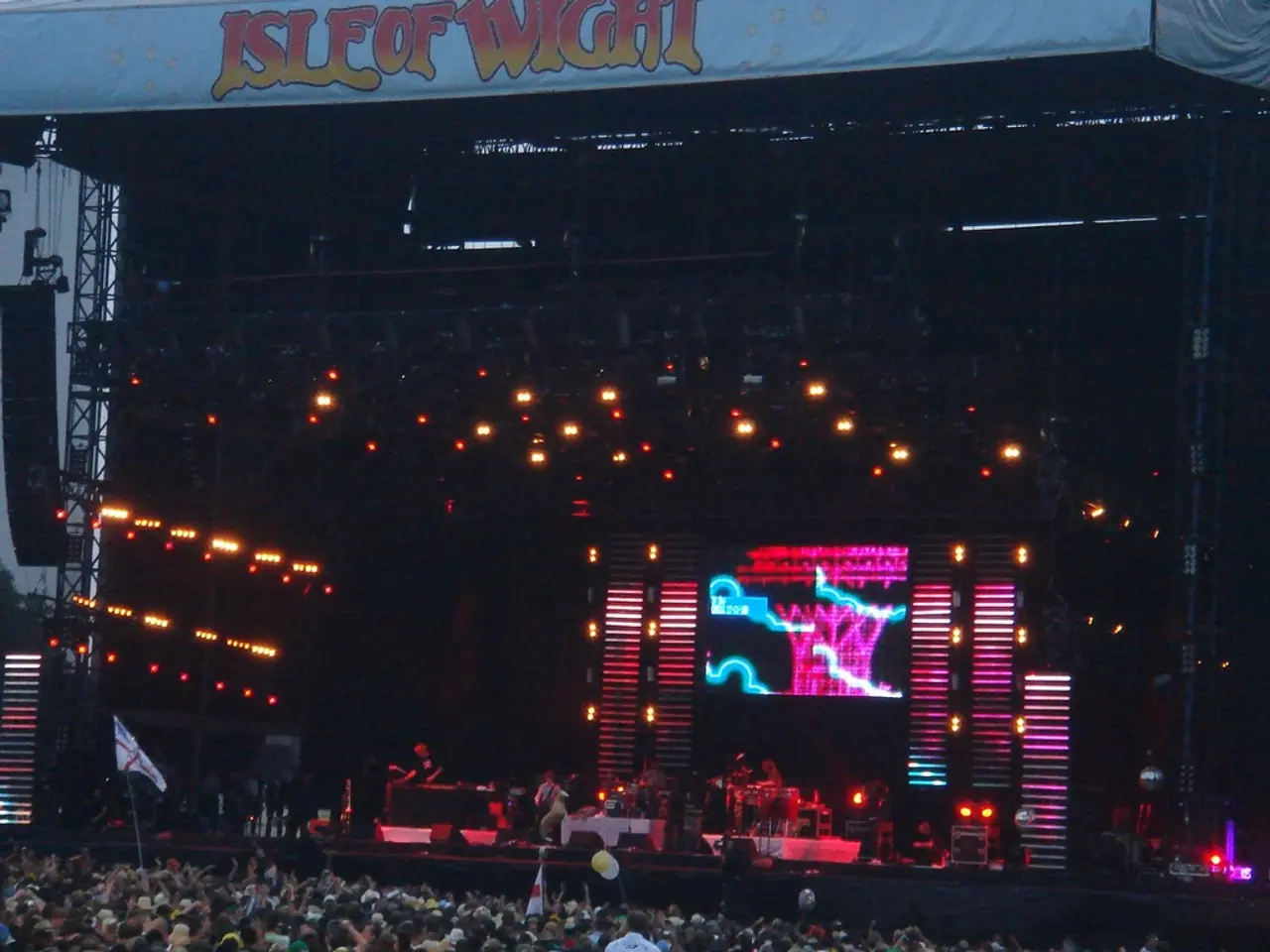Exploring Music Genres Globally: An In-Depth Analysis
In the realm of music, genres serve as broad categories that group pieces with shared conventions, traditions, or styles. While classification can be subjective and overlapping, music is often divided into a few major families: Art Music, Popular Music, Folk/Traditional Music, Religious Music, and Fusion and Subgenres.
Art Music, encompassing classical, opera, and other forms intended for concert performance, stands as a testament to centuries of Western music traditions. Popular Music, designed for mass appeal, includes rock, pop, hip-hop, electronic, R&B, funk, jazz, country, disco, and many others. Rooted in local or ethnic traditions, Folk/Traditional Music is often passed down orally and forms the backbone of many popular music genres. Religious Music, created for worship or spiritual purposes, is another important category.
Fusion and Subgenres, born from the blending of different traditions, have led to the creation of unique sounds that defy traditional boundaries. For instance, jazz fusion, country rock, pop-punk, and countless other subgenres have enriched our global musical landscape.
The evolution of major genres has been a fascinating journey. Rock and Roll, which emerged in the 1950s in the United States, drew on blues, gospel, R&B, country, and jazz. Pioneers like Chuck Berry, Elvis Presley, and Little Richard popularized the genre, which quickly splintered into subgenres like classic rock, hard rock, punk, alternative, and pop rock. Rock’s rebellious spirit and emphasis on electric guitar shaped youth culture globally, influencing fashion, language, and social attitudes.
Jazz, originating in African-American communities, spread worldwide, influencing everything from European classical music to African pop. Its improvisational nature made it a symbol of freedom and creativity. Blues, rooted in African-American work songs and spirituals, laid the foundation for rock, jazz, and R&B, and remains a powerful vehicle for expressing personal and social struggles.
Hip-Hop/Rap, born in the Bronx in the 1970s, became a global phenomenon, influencing language, fashion, dance, and visual art. Its themes of social justice and urban life resonate across cultures. Electronic Music, from disco and house to techno and EDM, has transformed global nightlife, fashion, and festival culture, while constantly evolving with technology. Pop, characterized by catchy melodies and mass appeal, absorbs influences from other genres, constantly reinventing itself to reflect current trends and technological advancements.
Country and Folk genres reflect regional identities and storytelling traditions but have also crossed borders, influencing rock and pop and maintaining loyal fan bases worldwide.
Music genres have evolved through migration, technological innovation, and cultural exchange. The United States, for example, has been a melting pot where African, European, Indigenous, and Latin traditions merged to create unique styles like jazz, blues, rock, and hip-hop, which then spread globally. Cities and regions developed their own scenes—Cajun in Louisiana, bluegrass in the Southeast, salsa in Latin communities—each contributing to the diversity of global music.
The rise of global music, such as K-pop and Afrobeats, highlights the growing influence of non-Western music societies in the mainstream. As the world becomes more interconnected, music will continue to serve as a universal language that transcends boundaries and unites individuals. The digital age has democratized music creation and distribution, allowing smaller or niche genres to thrive. Music genres are becoming more fluid, with artists blending styles and creating unique sounds that defy traditional boundaries.
In conclusion, music genres are not just categories; they are a reflection of the diverse ways in which people express their emotions, cultures, and histories. They have a significant social impact worldwide, influencing fashion, language, and political movements. As technology continues to advance, we can expect to see more developments in sound creation and a deeper integration of global musical influences.
Entertaining the masses while echoing the lifestyles and traditions of various communities, Pop Music embraces numerous subgenres like rock, pop, hip-hop, electronic, R&B, funk, jazz, country, disco, and more, each showcasing unique cultural expressions.
Similarly, the emergence of Fusion and Subgenres, born from the blending of disparate traditions, has led to the creation of distinctive sounds that bridge cultural divides and transcend traditional music boundaries, enriching our global entertainment landscape.







